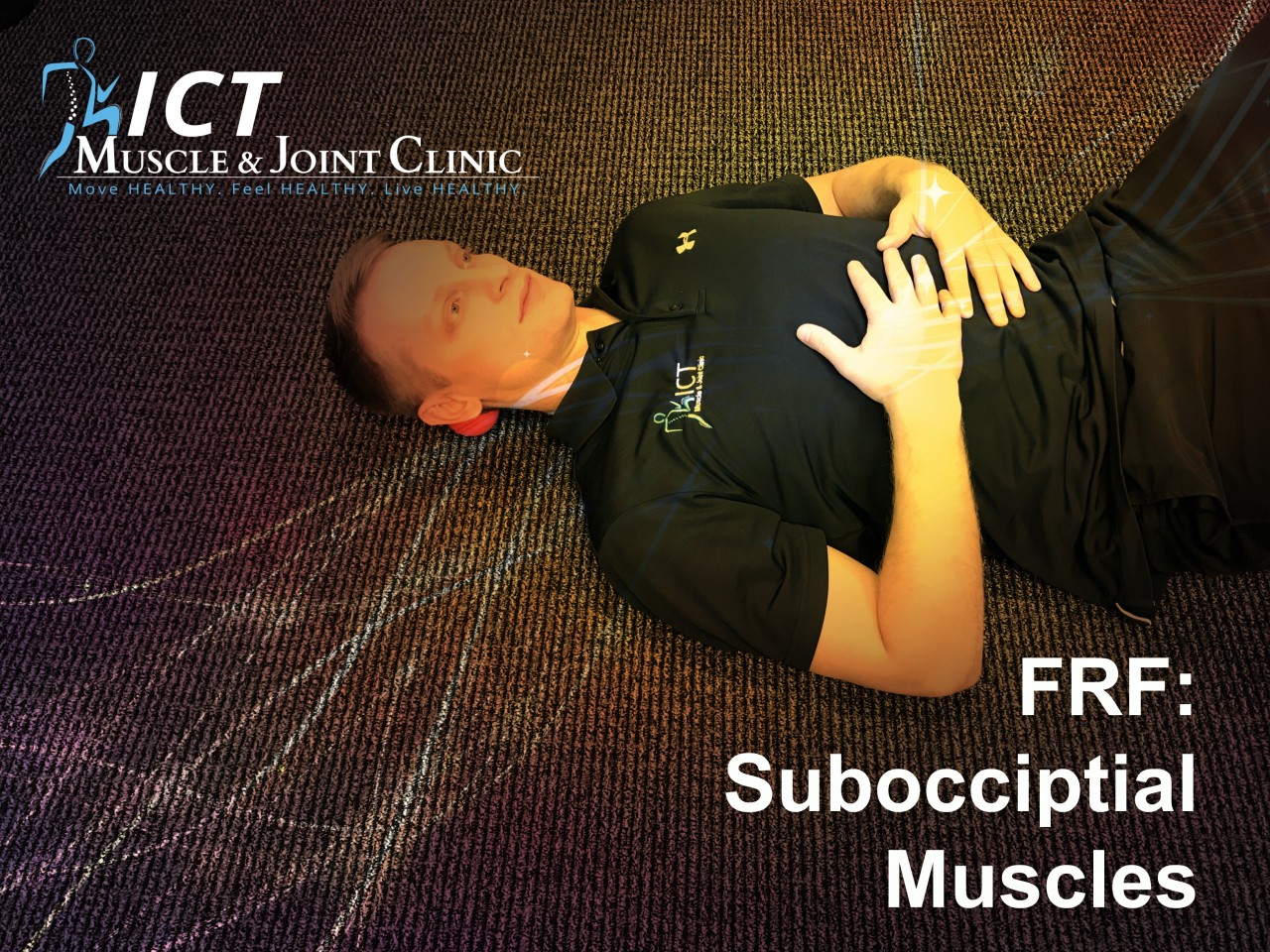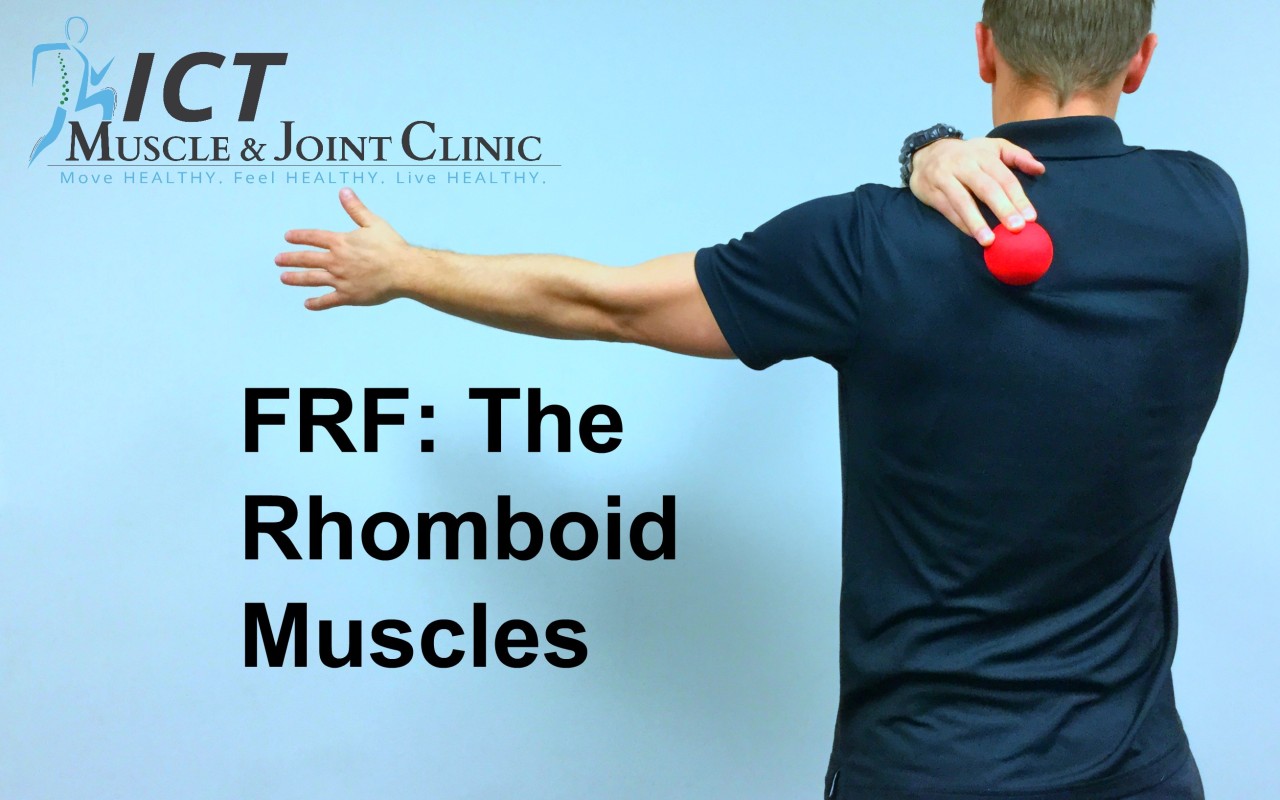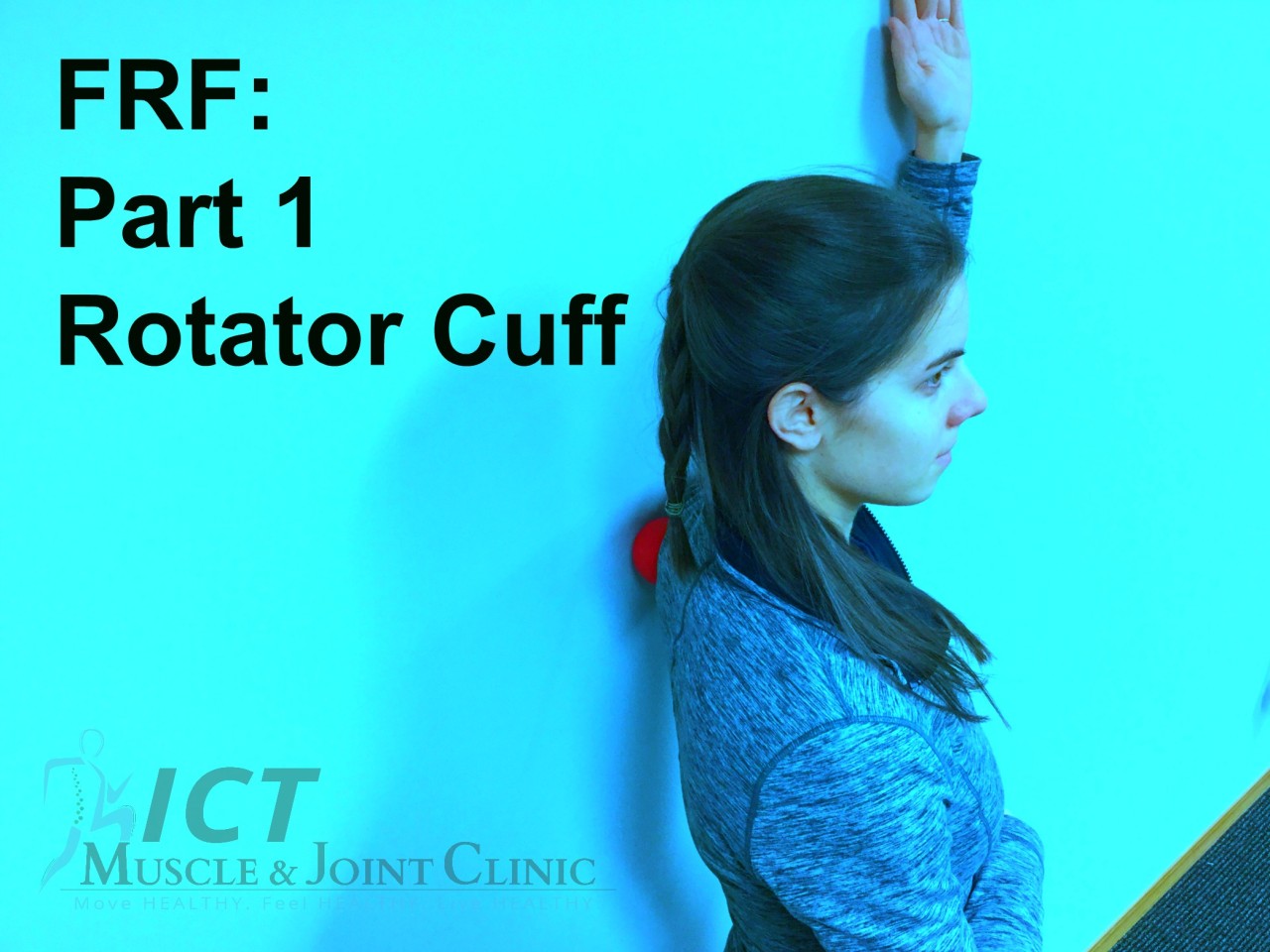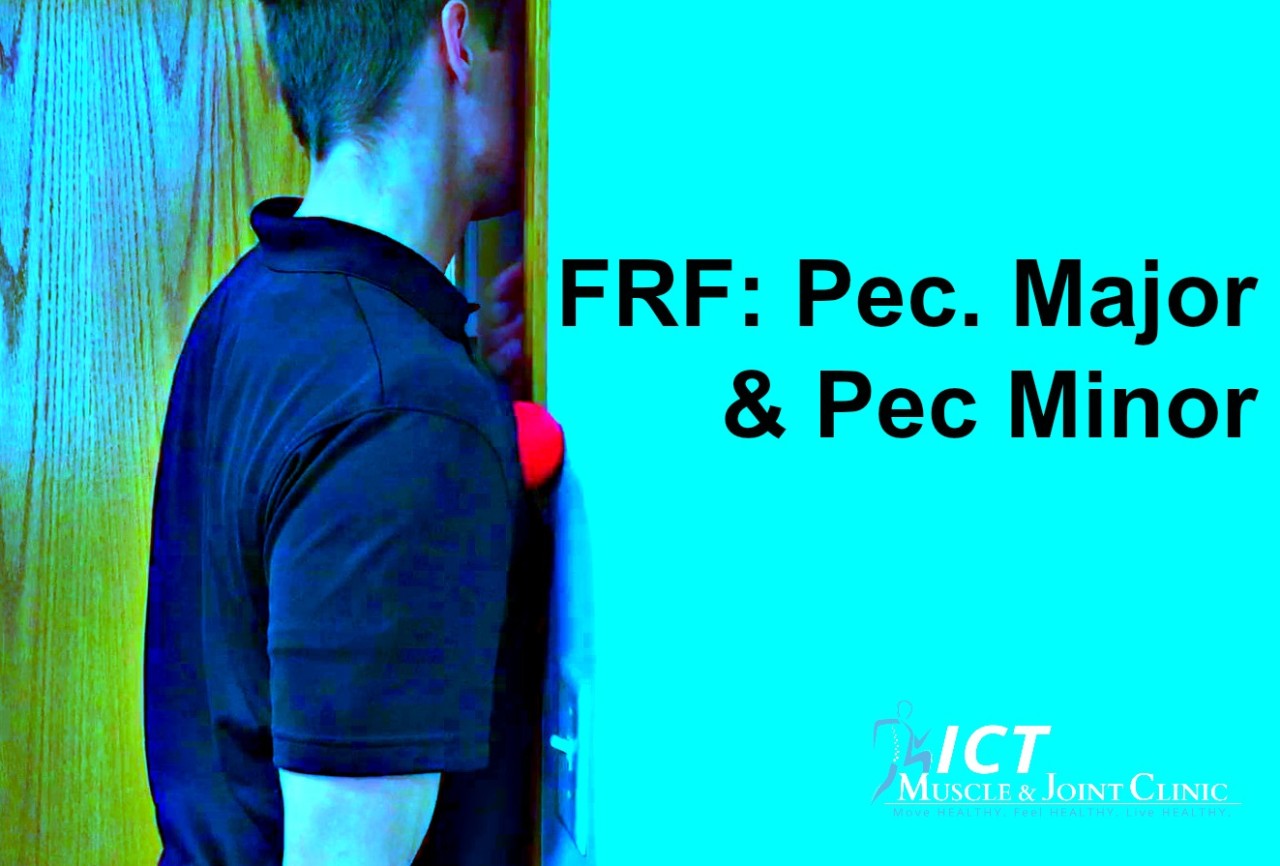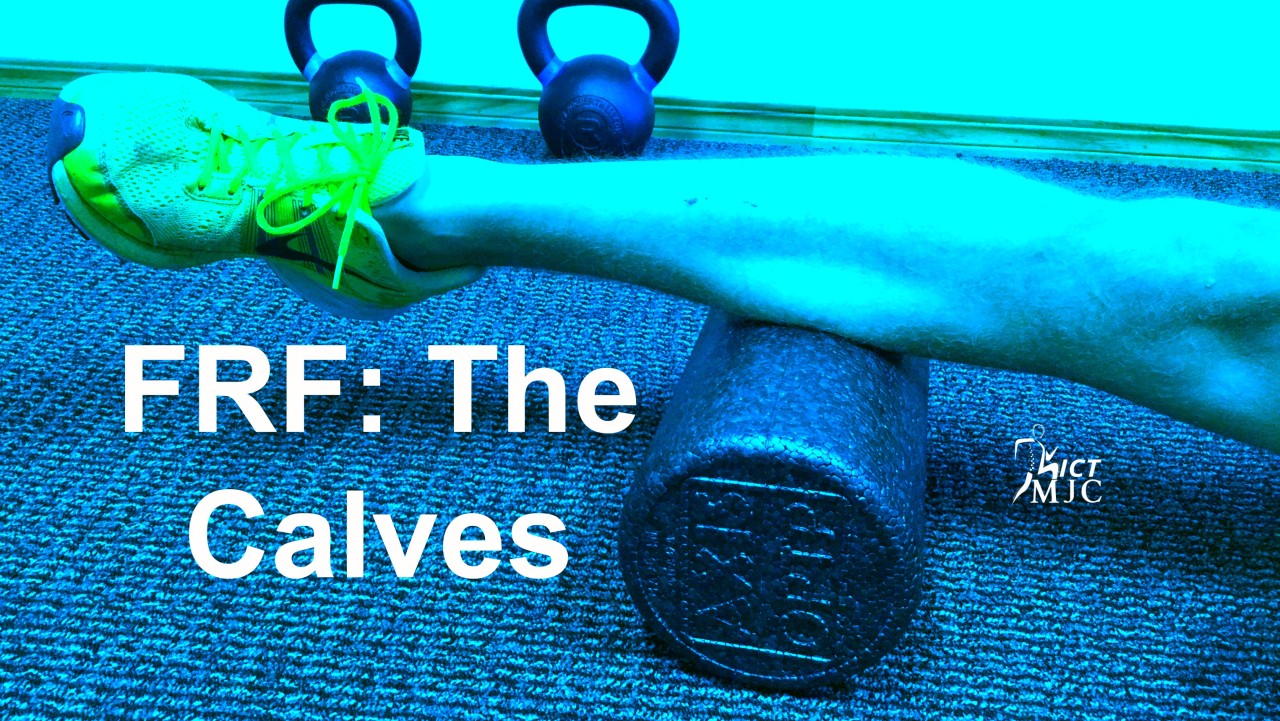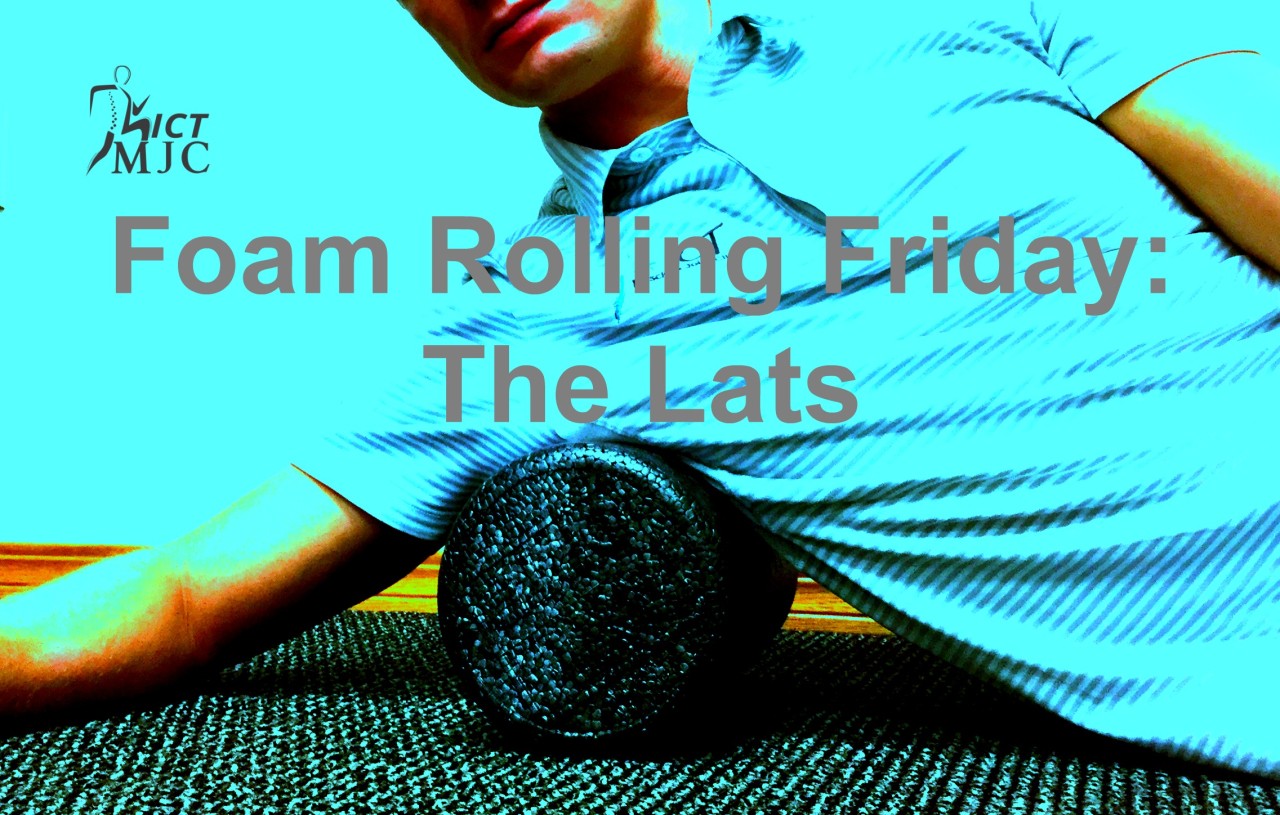Forgetting many little nuisances to "needling" such as gauge, size, diameter, and material, here is our approach to dry needling. Depending on a person’s comfortability and tissue quality we may start with just dry needling; no fancy tricks. From here, if needed, I will progress into more intricate forms of dry needling if results become stagnant or limited. Quite frankly this rarely happens as long as the injuried tissue is classified correctly. Don’t get me wrong, dry needling is powerful, but it is never the end-all-be-all. Sometimes people are scared of the idea of dry needling and want to be eased into the approach. There is no right or wrong mindset here.
The Functional Anatomy
The suboccipitals are a group of muscles functioning to generate motion and to stabilize the skull on the first two cervical vertebra of the spine. Collectively, this group includes a pair of each: inferior capitus oblique (red), superior capitus oblique (green), rectus capitus posterior major (blue) and rectus capitus posterior minor muscles (orange).
Back pain is a common occurrence for many Americans with our daily cubicle-esk lifestyle. Overtime, rounding the back can lead to trigger point formations in the rhomboids, which may produce pain. Rolling out the rhomboid muscles with a lacrosse ball, can help decrease pain within the middle back, improve scapulothoracic range of motion, and improve power output.
The shoulder girdle is a dynamic structure. Keeping the rotator cuff muscles healthy can help improve pain free shoulder range of motion.
Short blog this week. The video below discusses the referral patterns for the pectoralis major and pectoralis minor. The pain patterns are similar, but how to get the most out of foam rolling these two muscles is slightly different. It's about working smarter, not harder.
Hip extension is an important component for creating a tall and healthy physique. When the hip flexors become tight, due to overuse or lack of use, they prevent healthy hip extension. Healthy hip extension enables the body to generate more forward or upward momentum by driving the foot and leg into the ground, or backwards. Keeping the hip flexors supple is vital for musculoskeletal health in the lower back, hip, and knee regions.
Improper hip motion is oftentimes a culprit to low back pain and knee pain. Interestingly, the area where we experience pain is regularly not the source of pain. When the glute medius and glute minimus become problematic they can refer pain down the leg (mimicking a disc herniation), and to the SI joint. These muscles become dysfunctional due to lack of use. Stating this, you would think working on activating these muscles alone would be sufficient, but recent research indicates that combining soft tissue therapy with rehab/exercise training, adds greater benefit then either alone.¹
I call this one the Chiro-killa! Now I say this jokingly, but foaming the Thoracic spine, commonly referred to as the Tsp, is a great way to help mobilize the mid back. With many occupations becoming desk bound the Tsp becomes excessively rounded. Foam rolling this area can help “straighten” the spine out adding to improved health in many areas throughout the body.
In the medical world, the inner thigh is referred to as the adductor muscles. This group of muscles “add”uct or bring the legs back toward the midline of the body. When it comes to lower body dysfunctions and pain, this group of muscles can reign king in stirring up problems.
Stop whatever you’re doing right now and take a second to feel your calves. Sit in a chair and cross one leg over the other. To do this correctly your calf muscles have to be on slack. Take your fingers and roll across your calf toward your shin. I can almost guarantee every single one of you will feel tension in the inside or outside of the calf, if performed correctly. If you throw your leg on a foam roller and try to foam roll your calf with the shin facing the ceiling, you will feel almost nothing and dismiss the idea that foam rolling your calves can be beneficial for you. You need to foam roll where the tension is present. If you skip this step I politely, and with all my love and sincerity, tell you that you're most likely missing out on huge benefits. End rant. Yes, I know that was a pointless rant but I do feel better getting it off my chest.
With this blog we will be covering foam rolling the Latissimus Dorsi (a.k.a. Lat). I know, as if that wasn’t obvious by the title. Foam rolling the lats can definitely be a game changer in improving your physical health when performed correctly. Key word here is correctly. It's not enough just to lay on the foam roller and then pat yourself on the back for laying on the foam roller. Would you pat yourself on the back for thinking about putting money in your 401K then go blow it all at Best Buy? I don’t think so.

